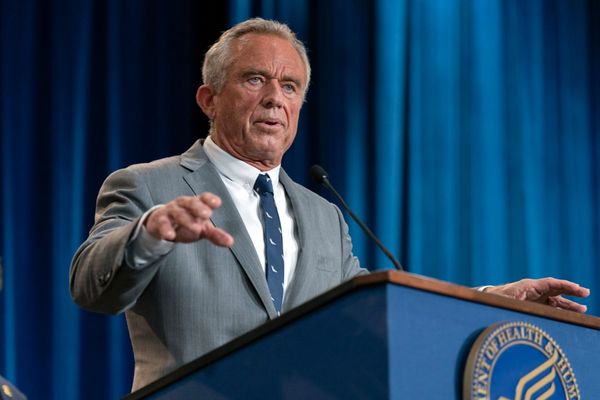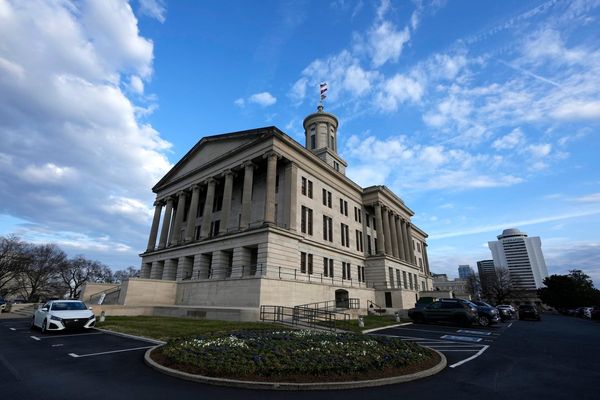
Overseeing the collapse of a New Zealand crypto exchange hasn't put Grant Thornton off the tech
Despite being left to pick up the pieces of the collapse of Christchurch-based Cryptopia exchange, professional services firm Grant Thornton is optimistic that crypto can revolutionise the financial industry.
Cryptopia’s cryptocurrency exchange was hacked in January 2019, with about $24 million of cryptocurrency stolen from the $250m clients had stored with the business.
According to Grant Thornton’s liquidator reports, in the year before the hack, the company had scaled up quickly and entered into expensive contracts to meet anticipated demand that failed to transpire.
READ MORE: * The dramatic resurgence of bitcoin * Kim Dotcom-founded crypto business faces liquidation * IRD wants visibility of crypto assets
Alongside facilitating the storage and trading of crypto, it had also launched a stablecoin, a type of cryptocurrency that was pegged to the value of the New Zealand dollar.
That meant the company was already in a difficult financial position before the hack, which unsurprisingly impacted trading volumes and led to the appointment of the liquidators.
Grant Thornton’s David Ruscoe and Tom Aspin have been dealing with the company since May 2019, as well as trying to recover the hacked funds.
Significant funds stored in the exchange have been frozen, and the process is wearing thin on Cryptopia users, who have even begun expressing their displeasure at the time and cost of the liquidation by leaving one-star Google reviews for Grant Thornton New Zealand.
The complex nature of dealing with multiple jurisdictions and a lack of regulatory oversight of these system can be pointed to as being behind the delays.
Wait and see
Last week the Reserve Bank of New Zealand reported back on its future of money study into crypto assets, and after public consultation it opted for a wait-and-see approach to regulation but pledged to up its surveillance of the sector.
Reserve Bank director of money and cash Ian Woolford said, "We agree with the balance of submitters that a regulatory approach isn't needed right now, but increased vigilance is.”
Grant Thornton’s submission, written by Ruscoe and Aspin, effectively opened with: “We would like to draw your attention to our direct involvement in the liquidation of the Christchurch-based cryptocurrency exchange, Cryptopia Limited.
“Through this experience, we have been exposed to the challenges of a deregulated market. We recognise the potential significance to private money that stablecoins could have in the current financial landscape.”
Despite spending the past four years battling for recoveries in the unregulated sector and having a first-hand view of issues in the Cryptopia debacle, Grant Thornton is optimistic about the tech.
“We remain advocates of the potential benefits of Distributed Ledger Technology that could revolutionise the financial industry,” said Ruscoe and Aspin.
The company’s submission largely centred around stablecoins, such as Cryptopia’s NZDT product, and supported the Reserve Bank’s focus on regulating the area, which borrows credibility from real-world assets such as bonds and cash that are regulated by the central bank.
Stablecoins come from a lack of traditional banking appetite to provide banking services to those involved in Cryptocurrency, but Grant Thornton said RBNZ was right to consider regulating these operators to maintain trust and transparency.
Its recommendations for potential regulation for stablecoins included greater external assurance, with auditors currently validating the reserves backing stablecoins, but nothing about the actual financial standing of the operator or whether there are liabilities lodged against the backing assets.
It also recommended the possible implementation of requirements that are put on banks, including regular disclosure of capital ratios.
“Blockchains are great at showing that assets exist but not who would have first claim to them if something went wrong like the stablecoin operator being insolvent and also showing how deposits are being used.”
However, there appears to be limited appetite for New Zealand stablecoins, with only 80 odd crypto wallets holding the existing NZD stablecoin.
Innovation
Despite its experience in handling Cryptopia, Grant Thornton is supportive of greater crypto innovation in New Zealand, particularly in getting around legacy payment systems.
“We believe that crypto-based payment solutions provide a unique opportunity for innovation, particularly in the area of cross-border payments, as well as speeding up payment settlement from being a daily occurrence to something that can take place in minutes or seconds.
“The beginning of regulation would be a positive development as the maturity of crypto assets develops.
“The first tokenisation of New Zealand-issued currency as stablecoins could pave the way for the tokenisation of other real-world assets.”
Tokenisation is the conversion of ownership rights into digital tokens recorded on a blockchain, the most obvious example being the NFT craze of last year.
“These tokens can then be traded and provide investors with liquidity and flexibility. By having a developed and thorough framework for stablecoins it won’t be a stretch for NZ regulators to theoretically extend these to other assets such as real estate, stocks, livestock, and other physical assets.”







